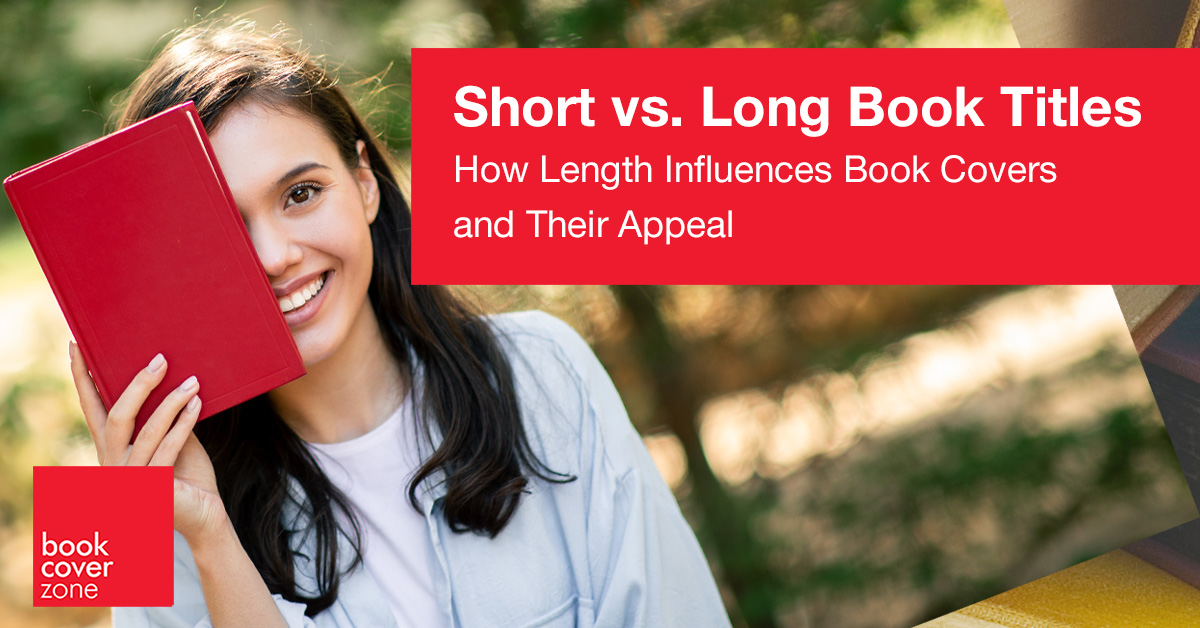The title of a book holds immense power. It’s the first impression, the headline that grabs a reader’s attention, and the promise of what’s inside. One of the enduring debates among writers, publishers, and even readers is whether long or short book titles are more effective. Let’s delve into this literary tug-of-war, exploring examples of famous books and why their titles, whether long or short, work splendidly.
Short Titles: Brevity with Impact
Short titles pack a punch. They are often easy to remember, quick to say, and leave an immediate impact on the reader. Here’s why short titles can be extraordinarily powerful:
1. Simplicity and Memorability
- Example: “Dune” by Frank Herbert
- Why It Works: The title “Dune” is succinct and evocative. It immediately conjures images of vast desert landscapes and the mysterious, harsh environment of Arrakis, setting the stage for the epic saga within. Its brevity makes it easy to recall and impactful.
2. Creating Curiosity
- Example: “1984” by George Orwell
- Why It Works: The title “1984” is vague at first glance, but it piques curiosity. What is the significance of this year? As readers delve into the book, they discover its profound dystopian narrative, making the simplicity of the title hauntingly memorable.
3. Iconic and Bold
- Example: “It” by Stephen King
- Why It Works: “It” is as enigmatic and bold as a title can get. It creates an immediate sense of intrigue and foreboding, which is perfect for a horror novel. The brevity adds to its eerie allure, compelling potential readers to pick up the book to uncover the mystery of “It.”
Long Titles: Depth and Detail
Long titles, on the other hand, can offer a glimpse into the book’s plot, themes, or characters. They often provide a richer context, drawing readers in with their promise of depth and detail. Here are some advantages of long titles:
1. Setting the Scene
- Example: “The Curious Incident of the Dog in the Night-Time” by Mark Haddon
- Why It Works: This lengthy title gives a fascinating glimpse into the peculiar plot and tone of the book. It draws readers into the mystery from the get-go, hinting at an unusual story that compels them to read more.
2. Highlighting Unique Elements
- Example: “A Heartbreaking Work of Staggering Genius” by Dave Eggers
- Why It Works: The lengthy, almost grandiose title sets high expectations and exudes a sense of wit and irony that reflects the book’s narrative style. It prepares readers for an unconventional autobiographical journey, packed with emotion and creativity.
3. Evoking Imagery and Themes
- Example: “The Hitchhiker’s Guide to the Galaxy” by Douglas Adams
- Why It Works: This title not only hints at the book’s interstellar adventure but also introduces its whimsical and humorous tone. The specificity of the title makes it clear that readers are in for a unique and imaginative journey.
Finding the Perfect Fit
Whether long or short, the best title for a book is one that best represents its story and hooks the reader. Here are some guiding principles to consider when choosing the length of your book title:
1. Understand Your Genre and Audience
Different genres have trends regarding title length. Thrillers and mysteries often favor short, punchy titles, while literary fiction and memoirs might lean towards longer, more descriptive ones. Know your audience and what appeals to them.
2. Reflect the Tone
Ensure your title matches the tone of your book. A quirky, humorous novel might benefit from a longer, more whimsical title, while a dark, intense thriller may be better suited to a short, impactful title.
3. Balance Intrigue and Clarity
Strive for a balance between intriguing readers and giving them a clear sense of what your book is about. Too vague, and you might lose potential readers; too detailed, and you might eliminate the element of surprise.
How they look on the cover also matters
When it comes to cover design, both short and long book titles can be visually stunning, but the design must be carefully tailored to complement the title length. Short titles benefit from bold, dramatic typography and ample negative space, creating a striking, minimalist aesthetic that can command attention. In contrast, long titles often necessitate smaller, more elegant fonts and thoughtful layout strategies to avoid overwhelming the reader. Designers can play with line breaks, creative fonts, and complementary imagery to maintain balance and visual appeal. Ultimately, whether a title is short or long, its success on a cover hinges on the harmonious integration of design elements that enhance readability and allure.
